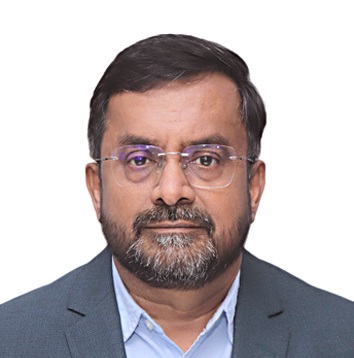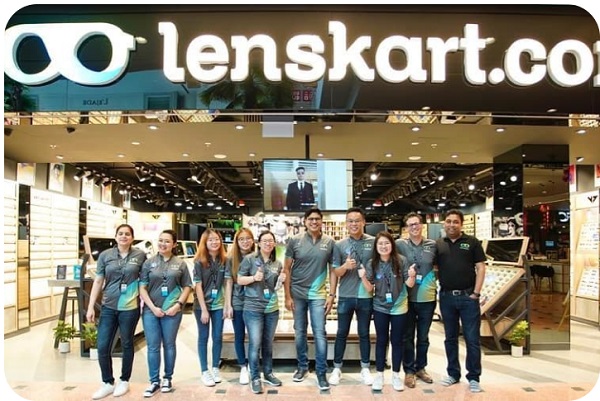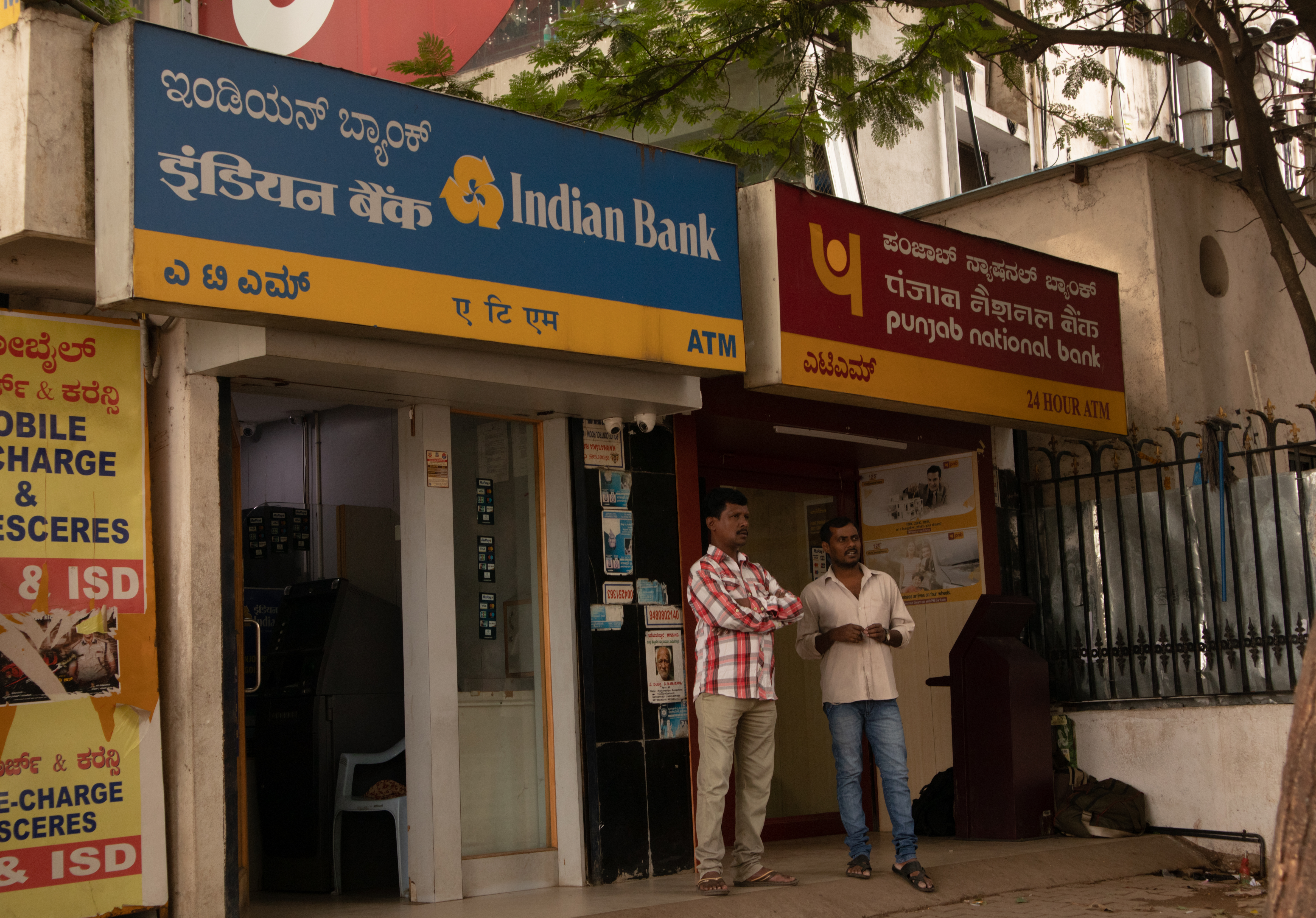.png)

Krishnadevan is Consulting Editor at BasisPoint Insight. He has worked in the equity markets, and been a journalist at ET, AFX News, Reuters TV and Cogencis.
October 31, 2025 at 9:05 AM IST
Lenskart Solutions Ltd’s IPO arrives neatly timed to flatter its transformation narrative, as the company has moved from a small loss in 2023–24 to a meaningful profit in 2024–25. Such a turnaround, landing just as the company prepares for the public markets, can reflect disciplined progress, or careful staging designed to impress new investors. Everyone sees the profit number, but not many see the trade-offs that created it.
Lenskart became profitable by temporarily slowing growth and acting like a seasoned public company before officially becoming one. Growth paused to let unit economics to recover. Marketing intensity eased to lift contribution margins. The business slimmed down for its red-carpet moment.
Lenskart achieved this profitability more by turning down the burn rate than by turning up the revenue engine. Marketing shifted from broad visibility and new customer acquisition to targeted spending aimed at repeat customers. Store rollout slowed, delaying depreciation and other pre-operating expenses that usually weigh on margins. Hiring stayed frozen, and optometrists did more than vision testing and prescribing corrective lenses within the same shift. Accounting choices moved software and automation investments from the profit and loss statement to the balance sheet, softening expense visibility during the year. ESOP accounting was adjusted so dilution expenses would appear later rather than now, improving operating optics in the short window before listing.
Product catalogue simplification and tougher vendor negotiations reduced inventory waste and temporarily lifted gross margins. Credit cycles shortened, which helped cash conversion appear stronger than it would under normal conditions. Revenue kept growing while operating costs were held back, and profit appeared exactly when it needed to, thanks to a legitimate yet highly cosmetic set of decisions that enhanced efficiency in the short term while leaving the long-term cost of growth outside the frame.
Lenskart’s integrated operating architecture remains an impressive achievement because the company designs its frames, manufactures lenses at scale and fulfils orders through a network spanning India, Southeast Asia, and West Asia. Such vertical control can generate operating leverage once demand grows consistently, as every incremental order becomes cheaper to serve. However, the same architecture introduces fragility, as disruption in a single industrial facility can simultaneously stress multiple markets.
India’s eyewear market still offers enormous potential, as unorganised opticians account for the vast majority of prescription purchases. Lenskart leads that shift into structured retail with speed and visibility. Titan Eyeplus already commands trust, acting like a built-in switching cost. EssilorLuxottica dominates the premium lens universe with brand heritage and clinical credibility. Competition tends to rise for products with higher mark-up. For instance, spectacle frames are marked up by more than four times, while lenses are marked up by more than 50%.
Competition will rise precisely when investors expect margins to remain steady, and that combination tests the strength of loyalty inside a still-young brand.
The IPO structure itself signals a moment of transition that public investors should read carefully. A fresh issue of approximately ₹21.5 billion will support expansion and manufacturing scale, indicating real ambition to build competitive endurance. A significant portion of the offer, however, represents existing shareholders seeking liquidity now. New shareholders are therefore not only funding the future, they are also clearing the cost basis of investors who timed their exits to the optics of peak profitability.
Once aggressive growth resumes, the efficiency narrative must hold without faltering. Expansion into smaller cities could lower revenue per order while raising service costs. International markets could impose significantly higher quality expectations along with higher rents and labour intensity. Investment in automation and clinical capabilities will increase fixed costs when store rollout accelerates. The tough part begins after listing day, because efficiency achieved by holding back costs must compete with efficiency achieved while scaling.
Lenskart deserves respect for building a global operating ambition from India, because few consumer brands from the country have attempted execution at this scale in healthcare-linked retail. The company has changed how many people experience eye care in India, and that contribution should not go unnoticed. But markets are unforgiving when companies promise perfection before proving resilience.
Lenskart’s business looks strongest at the precise moment it needs new capital. The company did not pave its way into profitability, it scheduled it.




